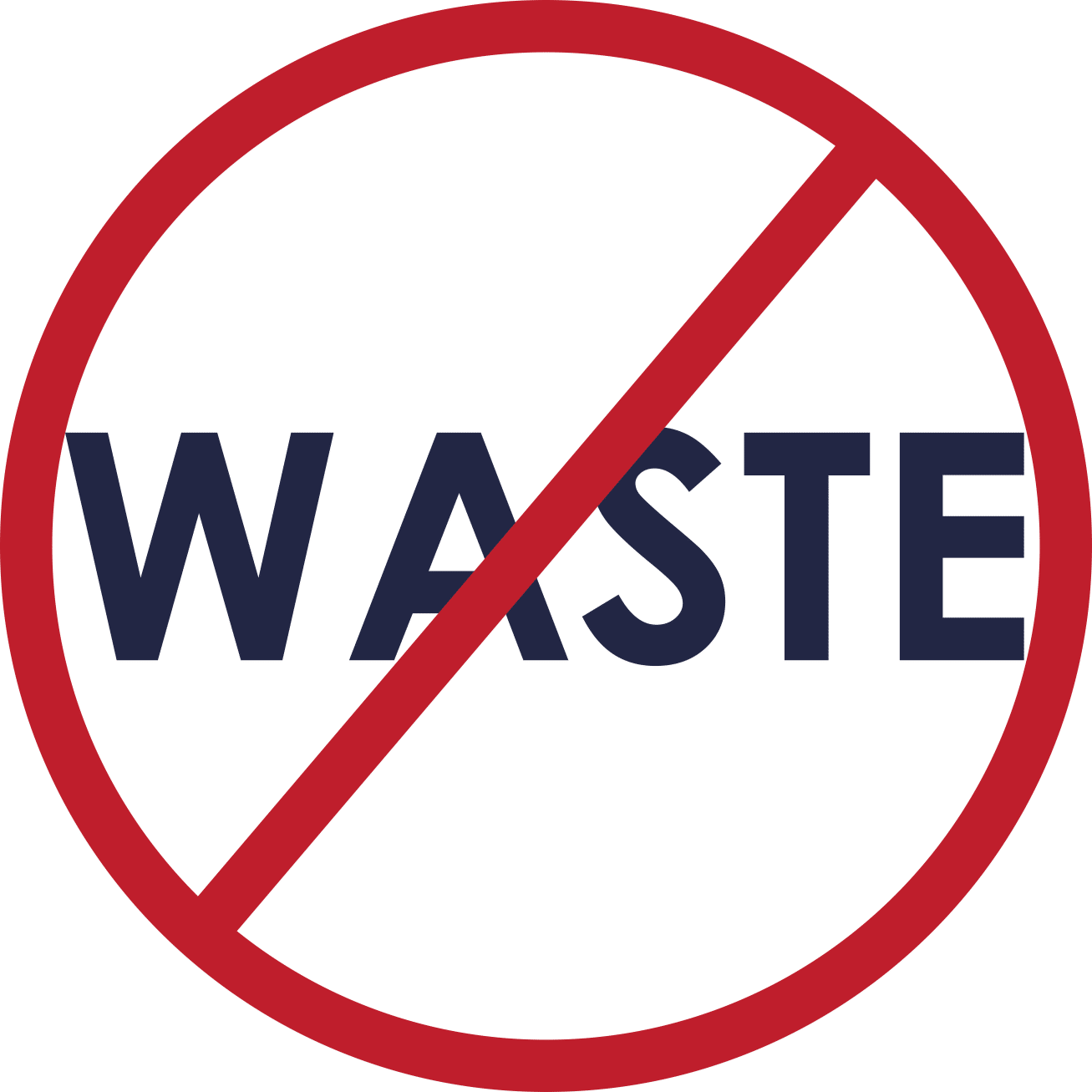As Alan Taylor wrote in an earlier blog post, the opportunities for process improvements in healthcare are almost endless. Not only can the implementation of process improvement methodologies like Lean and SixSigma result in better patient engagement, they can also help healthcare organizations better navigate the rapidly changing industry landscape.
Of course, any amount of process improvement also requires a great deal of investment in time and education. If your organization isn’t quite ready to make a commitment to a certain process improvement methodology, you could still test out some of the practices embedded within Lean/SixSigma since one of the easiest ways to see results is learning to spot and eliminate waste.
Lean defines waste as any step or action within a process that is not required to complete the process, leaving us with only “value added” steps. If you’re not sure whether a step is required or not, ask yourself why you do it. If it results in a tangible output toward the end product, you’re probably good to go. If, however, you find yourself left with the answer, “this is just how we’ve always done it,” that might be a sign that your process needs some improvement.
The eight types of waste as defined by Lean can be remembered with the acronym “DOWNTIME” – defects, overproduction, waiting, non-utilized talent, transportation, inventory, motion, and extra processing.
 Defects
Defects
Defect waste is any time you have to spend reworking or recreating the product as a result of errors or incorrect information. In the healthcare environment, this most often means misdiagnoses, patient readmissions due to hospital infections, or insurance claims billed incorrectly. To solve for defect waste, ask yourself what the process needs in order to be correct the first time – do physicians need more time or resources?
 Overproduction
Overproduction
Overproduction waste occurs when too much of a product is produced, or when it is produced before it is needed, like preprinting policies for patients. This type of waste is often the easiest to repair – simply slow down your process, or only produce when you need to.
 Waiting
Waiting
The most obvious form of waiting in healthcare is patient time in the waiting room, but could also be time spent waiting for labs and test results. To reduce waiting time, determine the reason for the wait. Could some steps be performed in-house? Is one department short-staffed and unable to handle high workloads?
 Non-utilized talent
Non-utilized talent
Non- or under-utilized talent is any failure to fully utilize the time and talents of people, like clinical staff performing non-clinical duties. Processes tend to work best when the people involved are matched well to the tasks they are set, so make sure that everyone is engaged to their best ability.
 Transportation
Transportation
Transportation waste is any amount of non-essential transport during a process, including re-bedding patients unnecessarily or having to carry supplies from inventory store rooms in inconvenient locations in the hospital. What could you move closer to the point of contact to eliminate unnecessary transportation?
 Inventory
Inventory
Inventory waste is keeping more inventory on hand than the minimum needed to get the job done – keeping too many flu shots on hand, or stocking large amounts of equipment that are rarely used. Similar to overproduction waste, this is relatively simple to fix by reducing the amount of inventory ordered based on need.
 Motion
Motion
Motion waste sounds similar to transportation waste, but whereas transportation waste means unnecessarily moving the product back and forth, motion waste is any motion at all that does not create value. One example might be a practice where the physician must enter a different room to enter chart information into an EMR system. The fixes, however, are still similar to transportation waste – how can you physically design the space to reduce the amount of waste happening?
 Extra-processing
Extra-processing
The last form of waste in Lean is extra- or over-processing, or doing more work or higher quality work than is required by the customer. This could mean ordering additional tests than are necessary to confirm a diagnosis, or having additional team members sign-off on work when not required. Again, once spotted, this waste is easy to get rid of – simply cut out the non-value-added portions of work.
Chances are, if you name your top frustrations with processes at work, they’ll all land in one of these categories of waste. Once you can successfully identify and eliminate waste, you’ll be well on your way to establishing meaningful and long-lasting results by increasing quality and decreasing time and money spent.




